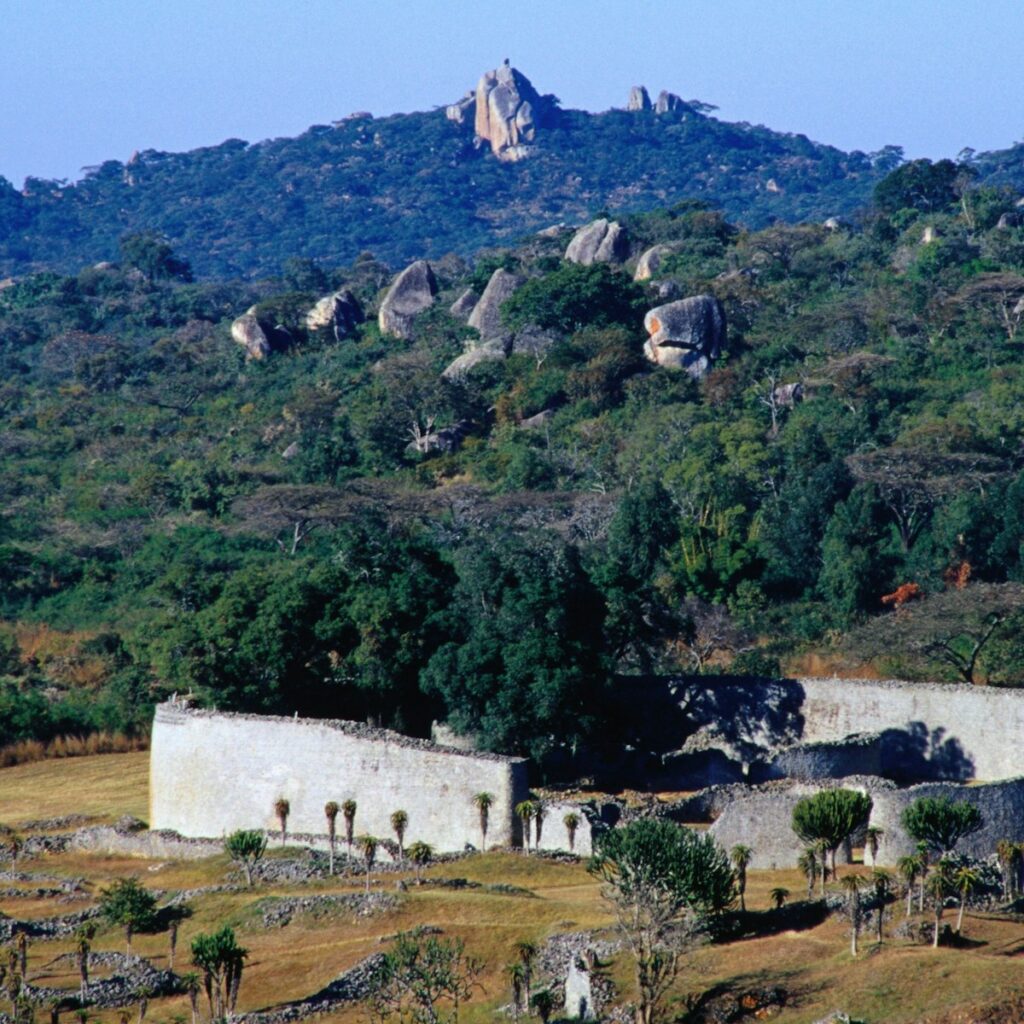Great Enclosure – Discover Great Zimbabwe’s Legacy
Nestled in the heart of southern Africa, the Great Enclosure at Great Zimbabwe is a testament to the ingenuity and architectural prowess of the ancient Shona civilization. This UNESCO World Heritage Site offers a glimpse into a rich cultural past, drawing visitors from around the world to explore its mysteries and marvel at its grandeur.
What to See
The Great Enclosure is the largest ancient structure in sub-Saharan Africa, and its impressive stone walls are a sight to behold. As you wander through the site, you’ll encounter the iconic conical tower, which stands as a symbol of the architectural skill of its builders. The walls, constructed without mortar, rise up to 11 meters high and stretch over 250 meters in circumference, showcasing the precision and artistry of the Shona people.
Inside the enclosure, you’ll find a series of passageways and smaller enclosures that once served as living quarters and ceremonial spaces. The intricate stonework and the sheer scale of the construction are awe-inspiring, offering a tangible connection to the past. Don’t miss the opportunity to climb to the top of the nearby Hill Complex, which provides a panoramic view of the surrounding landscape and the Great Enclosure itself.
A Bit of History
Great Zimbabwe was the capital of the Kingdom of Zimbabwe during the Late Iron Age, flourishing between the 11th and 15th centuries. It was a center of trade, connecting the interior of Africa with the coastal regions and beyond. The city was home to a thriving community, with a population that may have reached up to 18,000 at its peak.
The Great Enclosure is believed to have been a royal residence or a site for important ceremonies. Its construction reflects the social and political organization of the time, with the elite living within the stone walls while the majority of the population resided in surrounding areas. The decline of Great Zimbabwe in the 15th century remains a subject of debate, with theories ranging from environmental changes to shifts in trade routes.
Interesting Facts and Visitor Tips
- The name “Zimbabwe” is derived from the Shona phrase “dzimba dza mabwe,” meaning “houses of stone,” a fitting tribute to the stone structures that define the site.
- The conical tower within the Great Enclosure is thought to have had a symbolic or religious significance, though its exact purpose remains a mystery.
- Archaeological evidence suggests that Great Zimbabwe was part of a vast trade network, with artifacts from as far away as China and Persia found at the site.
For first-time visitors, it’s advisable to hire a local guide who can provide valuable insights into the history and significance of the site. The best time to visit is during the dry season, from May to October, when the weather is cooler and more comfortable for exploring.
How to Get There
Great Zimbabwe is located near the town of Masvingo, approximately 30 kilometers away. The site is accessible by road, with regular buses and private taxis available from Masvingo. If you’re traveling from Harare, the capital city, it’s about a 4-hour drive south. For those flying in, the nearest airport is in Harare, with car rentals and guided tours available to take you to the site.
Once you arrive, the visitor center offers maps and information to help you navigate the area. Be sure to wear comfortable walking shoes, as the terrain can be uneven, and bring plenty of water to stay hydrated during your visit.








